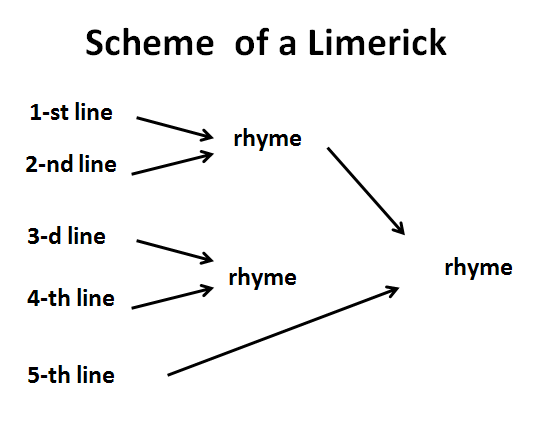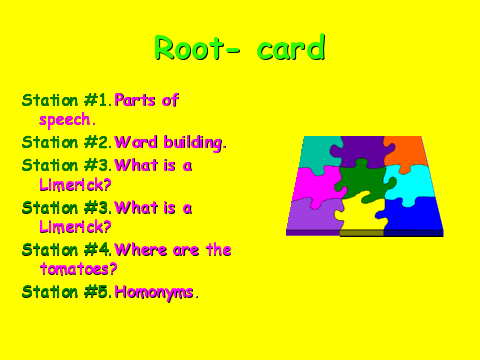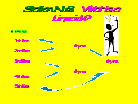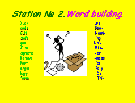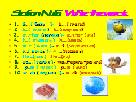Данное мероприятие проводилось в неделю иностранных языков. Предназначено для 7 классов. Возможно использование и для более старших классов. Мероприятие проводится с целью повышения мотивации учащихся к изучению английского языка и повышения интереса к изучаемому языку. Присутствует элемент соревновательности. Учащиеся работают в командах, проходят различные станции. Одним из обязательных атребутов является интерактивная доска.
Создайте Ваш сайт учителя Видеоуроки Олимпиады Вебинары для учителей
Внеклассное мероприятие по английскому языку для 7 класса "English competition"
Вы уже знаете о суперспособностях современного учителя?
Тратить минимум сил на подготовку и проведение уроков.
Быстро и объективно проверять знания учащихся.
Сделать изучение нового материала максимально понятным.
Избавить себя от подбора заданий и их проверки после уроков.
Наладить дисциплину на своих уроках.
Получить возможность работать творчески.
Просмотр содержимого документа
«Внеклассное мероприятие по английскому языку для 7 класса "English competition" »
Автор: Акимова Екатерина Вячеславовна, Башлыкова Оксана Михайловна
Дата: 13.11.2014
Номер свидетельства: 130361
Похожие файлы
Полезное для учителя
Распродажа видеоуроков!
1610 руб.
2690 руб.
1690 руб.
2820 руб.
1610 руб.
2690 руб.
1600 руб.
2660 руб.
ПОЛУЧИТЕ СВИДЕТЕЛЬСТВО МГНОВЕННО
* Свидетельство о публикации выдается БЕСПЛАТНО, СРАЗУ же после добавления Вами Вашей работы на сайт
Удобный поиск материалов для учителей
Проверка свидетельства
